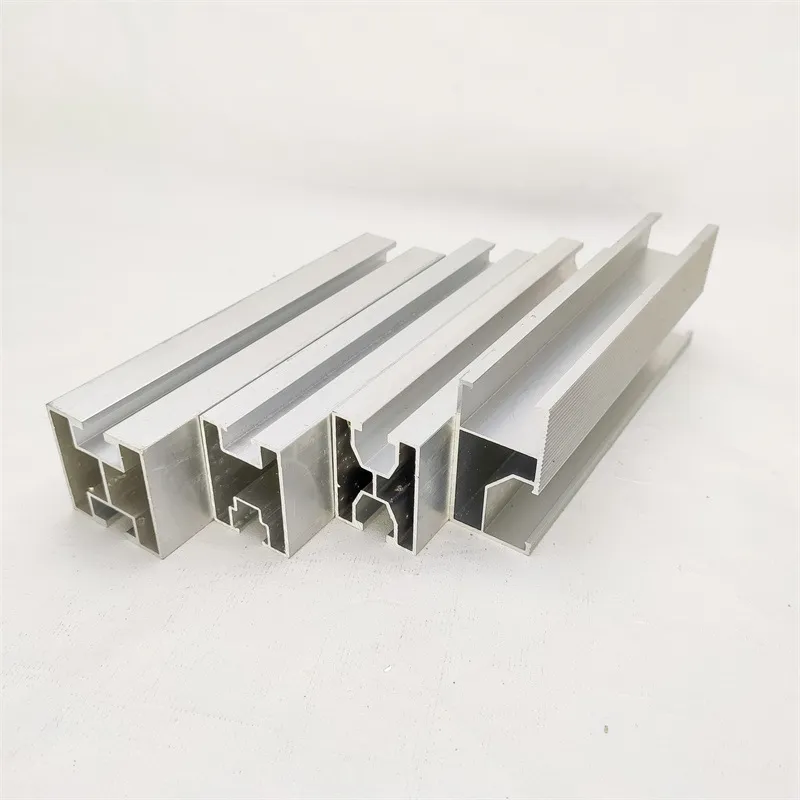

Flanged Self-Tapping Screws for Enhanced Fastening Solutions in Various Applications
Sep . 30, 2024 19:57 Back to list
Flanged Self-Tapping Screws for Enhanced Fastening Solutions in Various Applications
Exploring Flange Self-Tapping Screws An In-Depth Look
In the world of fastening technology, flange self-tapping screws occupy a unique niche that combines efficiency with versatility. Whether in construction, automotive applications, or home improvement projects, these screws play a critical role. This article delves into the characteristics, benefits, applications, and installation techniques of flange self-tapping screws.
What are Flange Self-Tapping Screws?
At their core, flange self-tapping screws are specialized fasteners that feature a circular flange under the head. This flange provides a broader surface area than traditional screw heads, distributing the load and reducing the risk of pulling through the material. The self-tapping design allows the screw to create its own thread in the material as it is driven in, eliminating the need for pre-drilled holes in many applications.
These screws come in various sizes and materials, including steel, stainless steel, and even plastic, making them suitable for a wide range of environments. They are particularly advantageous in soft materials like metal sheet, plastic, and even wood, where a secure hold is essential but drilling may not be feasible.
Advantages of Flange Self-Tapping Screws
1. Efficiency and Speed Flange self-tapping screws are designed for quick and easy installation. Their ability to tap into materials reduces the need for additional tools or pre-drilling, saving time and labor costs.
2. Load Distribution The wider flange surface not only provides a better grip but also helps distribute the load more evenly across the surface of the material. This feature is especially important in applications where materials might be prone to pull-through failures.
3. Versatility These screws can be used in various materials including metals, plastics, and composites. Their adaptability makes them popular in diverse industries, from automotive to construction and beyond.
4. Reduced Risk of Damage Since flange self-tapping screws can be installed without pre-drilling, they minimize the risk of damaging the material or affecting its structural integrity during installation.
5. Corrosion Resistance Many flange self-tapping screws are treated or made from materials that resist corrosion, making them suitable for outdoor and high-moisture environments.
Applications of Flange Self-Tapping Screws
Flange self-tapping screws are used in a variety of applications. Some notable uses include
flange self tapping screws

- Automotive Industry In the manufacturing of vehicles, these screws are frequently employed for securing body panels, electronic components, and interior fixtures. - HVAC Systems They are commonly used to fasten ductwork and other components, where reliable support is critical for system efficiency.
- Construction In construction, these screws can quickly attach metal sheeting and roofing materials, providing both strength and durability.
- Furniture Assembly Self-tapping screws are popular in flat-pack furniture, allowing for easy assembly without the need for complex tools
.Installation Techniques
To ensure the best results when using flange self-tapping screws, proper installation techniques should be followed
1. Select the Right Size Ensure you choose a screw size that matches the thickness of the material you are working with.
2. Preparation Although self-tapping screws do not typically require pre-drilling, a pilot hole can improve accuracy in harder materials.
3. Use the Correct Tool A power screwdriver or drill with the appropriate bit is essential for effective installation.
4. Drive Straight Keeping the screw aligned vertically as you drive it in helps ensure that it threads properly and maintains strong holding power.
5. Check for Tightness After installation, check each screw for tightness to ensure optimal performance and load-bearing capacity.
Conclusion
Flange self-tapping screws are a critical component in many industries, offering a blend of speed, versatility, and robust performance. Their design minimizes installation complications while maximizing load support, making them an ideal choice for numerous applications. As technology continues to evolve, these screws will undoubtedly remain a staple in the fastener market, adapting to meet new challenges and demands. Understanding their features and proper installation techniques is vital for achieving the best results in any project where they are utilized.
Latest news
-
Hot Dip Galvanized Bolts - Hebei Longze | High Strength, Corrosion Resistance
NewsAug.01,2025
-
High-Strength Hot Dip Galvanized Bolts - LongZe | Corrosion Resistance, Custom Sizes
NewsAug.01,2025
-
Best Self Tapping Screws for Drywall - Fast & Secure Installation
NewsJul.31,2025
-
High-Strength Hot Dip Galvanized Bolts-Hebei Longze|Corrosion Resistance&Customization
NewsJul.31,2025
-
Hot Dip Galvanized Bolts-Hebei Longze Metal Products|Corrosion Resistance&High Strength
NewsJul.31,2025
-
Hot Dip Galvanized Bolts-About LongZe|High Strength, Corrosion Resistance
NewsJul.30,2025

